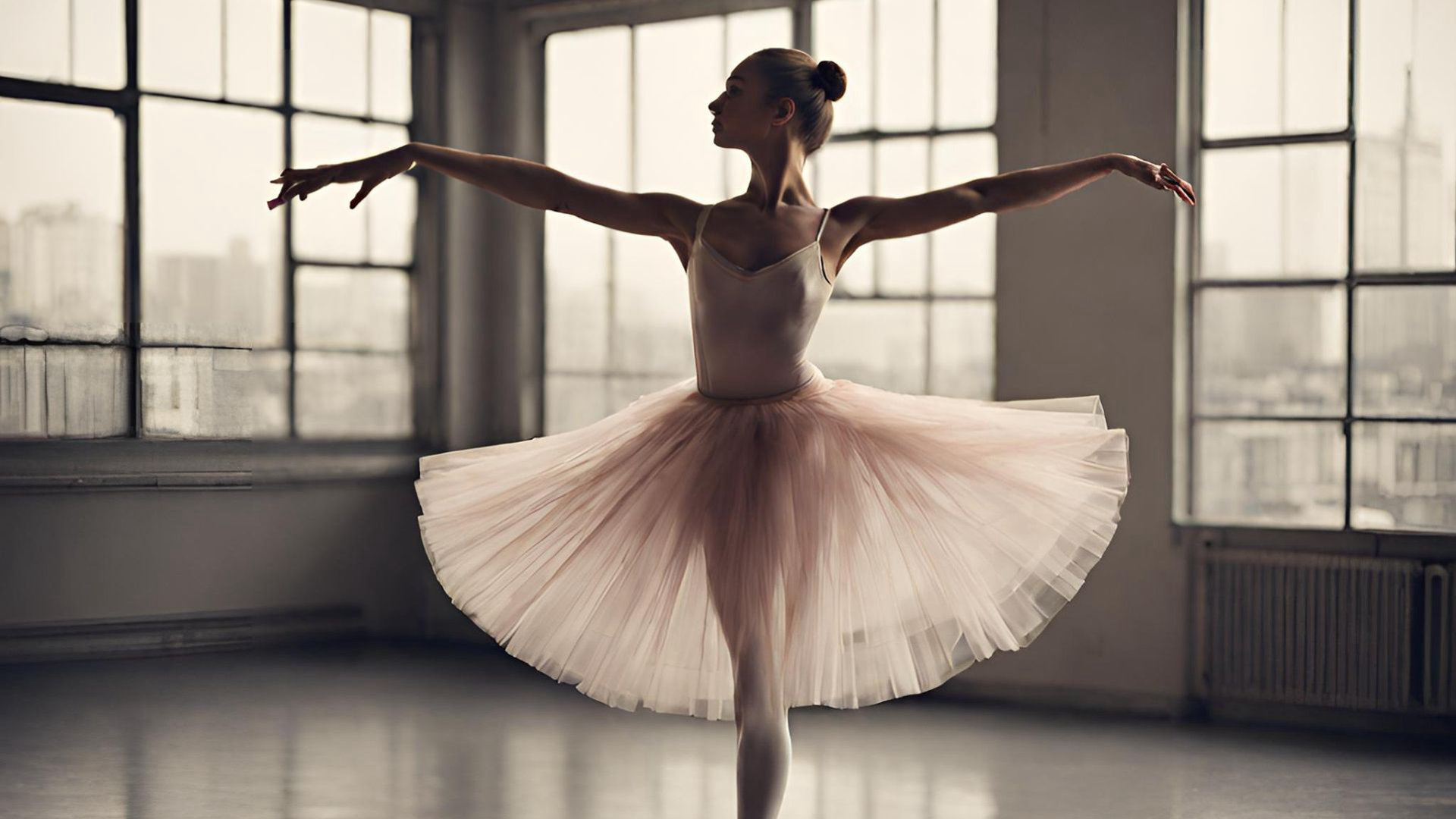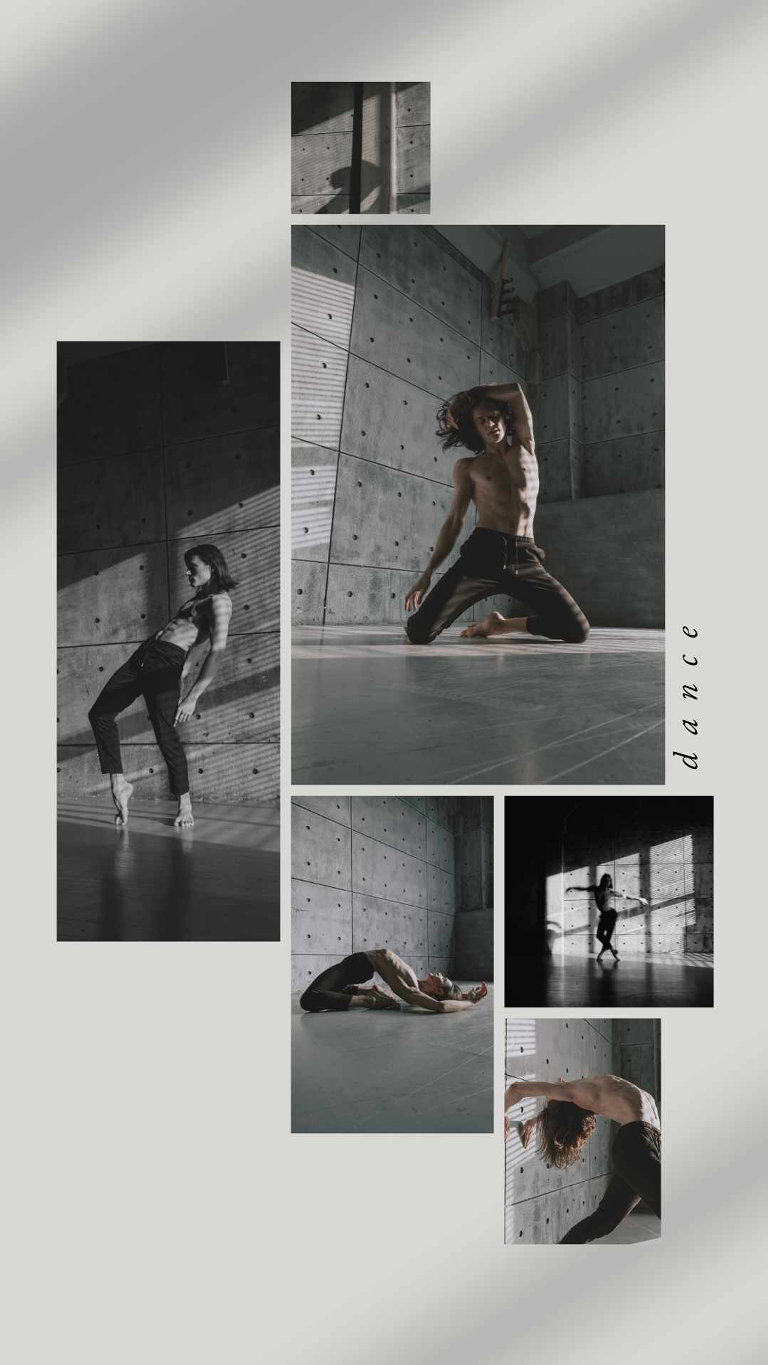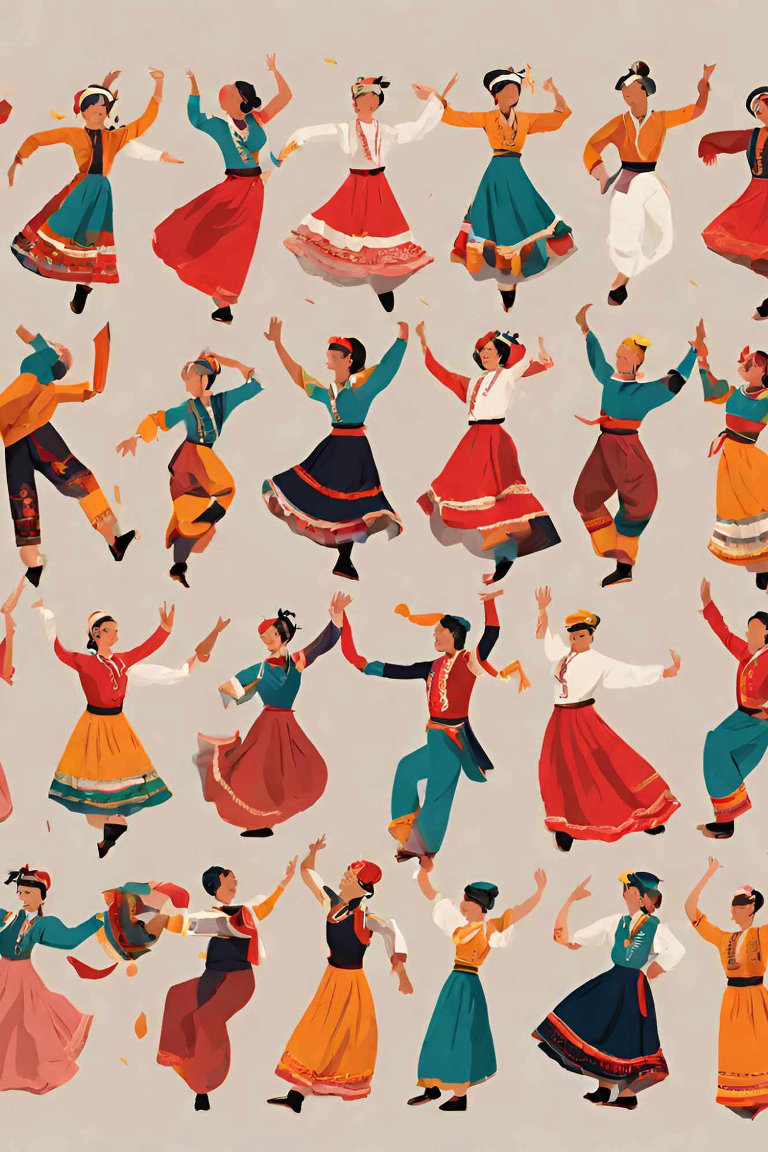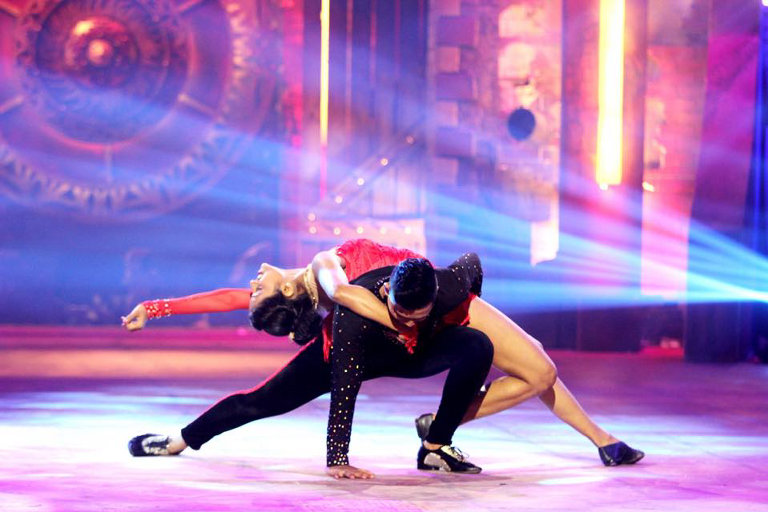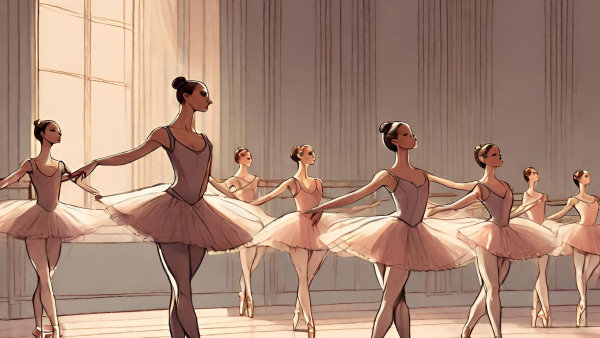
Ballet, with its graceful movements, flowing tutus, and captivating stories, has enthralled audiences for centuries. But this art form is much more than just beautiful dancers on pointe. It boasts a rich history, diverse styles, and a profound impact on cultural expression. So, pirouette with us as we explore the fascinating world of ballet!
A Grand Jeté Through Time: Ballet’s origins can be traced back to 15th-century Renaissance Italy, where courtly entertainment evolved into elaborate dance performances. Imagine nobles adorned in lavish costumes, performing dances steeped in mythological themes. As ballet migrated to France in the 17th century, King Louis XIV’s patronage solidified its place as a prestigious art form. Think codified technique, formalized positions, and the birth of professional ballet companies, all under the watchful eye of the Sun King.
The 19th century ushered in the Romantic era, where ballet became known for its emotional storytelling and emphasis on female virtuosity. Imagine flowing tutus, dramatic narratives, and breathtaking pointe work, all woven together in iconic ballets like Giselle and Swan Lake. These ballets were more than just entertainment; they were emotional journeys that transported audiences to another world.
The 20th century witnessed a further diversification of ballet styles. Russian ballet, with its powerful athleticism and technical precision, gained international acclaim thanks to dancers like Rudolf Nureyev and Mikhail Baryshnikov. Picture dazzling jumps, intricate footwork, and a level of technical mastery that pushed the boundaries of human movement. Meanwhile, modern ballet challenged traditional forms, incorporating more abstract movement and contemporary themes. Think stripped-down costumes, unconventional choreography, and ballets that tackled social and political issues.
A Kaleidoscope of Styles: Despite its unified foundation, ballet encompasses a captivating range of styles, each with its own unique characteristics:
Classical Ballet: The foundation of all ballet, it adheres to the codified technique and vocabulary developed over centuries. Think of Swan Lake and Sleeping Beauty, with their elegant lines, precise footwork, and timeless stories.
Romantic Ballet: Characterized by flowing movement, expressiveness, and emphasis on female dancers, it’s like stepping into a dream. Imagine the ethereal lightness of Giselle and the yearning spirit of La Sylphide, their emotions conveyed through every graceful gesture.
Neoclassical Ballet: A bridge between classical and modern, it’s like a fresh coat of paint on a traditional canvas. George Balanchine’s works exemplify this style, retaining the technical foundation while exploring freer interpretations and abstract themes.
Contemporary Ballet: Pushing boundaries and exploring new movement possibilities, it’s like ballet reimagined for the modern world. Companies like Alvin Ailey American Dance Theater are renowned for their contemporary approach, tackling social and political themes through innovative choreography and powerful expression.
Russian Ballet: Known for its athleticism, powerful jumps, and intricate footwork, it’s like watching human flight set to music. Picture the electrifying energy of Don Quixote and the festive joy of The Nutcracker, where technical prowess meets exuberant storytelling.
Beyond the Stage: The influence of ballet extends far beyond the theater. Its rigorous training disciplines countless dancers across genres, its vocabulary enriches other forms of dance, and its aesthetic inspires fashion, photography, and even architecture. Imagine the countless dancers who started their journey in a ballet studio, the choreographers who draw inspiration from ballet’s rich vocabulary, and the fashion designers who incorporate the elegance and flow of ballet into their creations.
Ballet continues to evolve, embracing new technologies, diverse narratives, and contemporary themes. With its rich history, captivating styles, and enduring impact, ballet remains a powerful force in the world of artistic expression.

